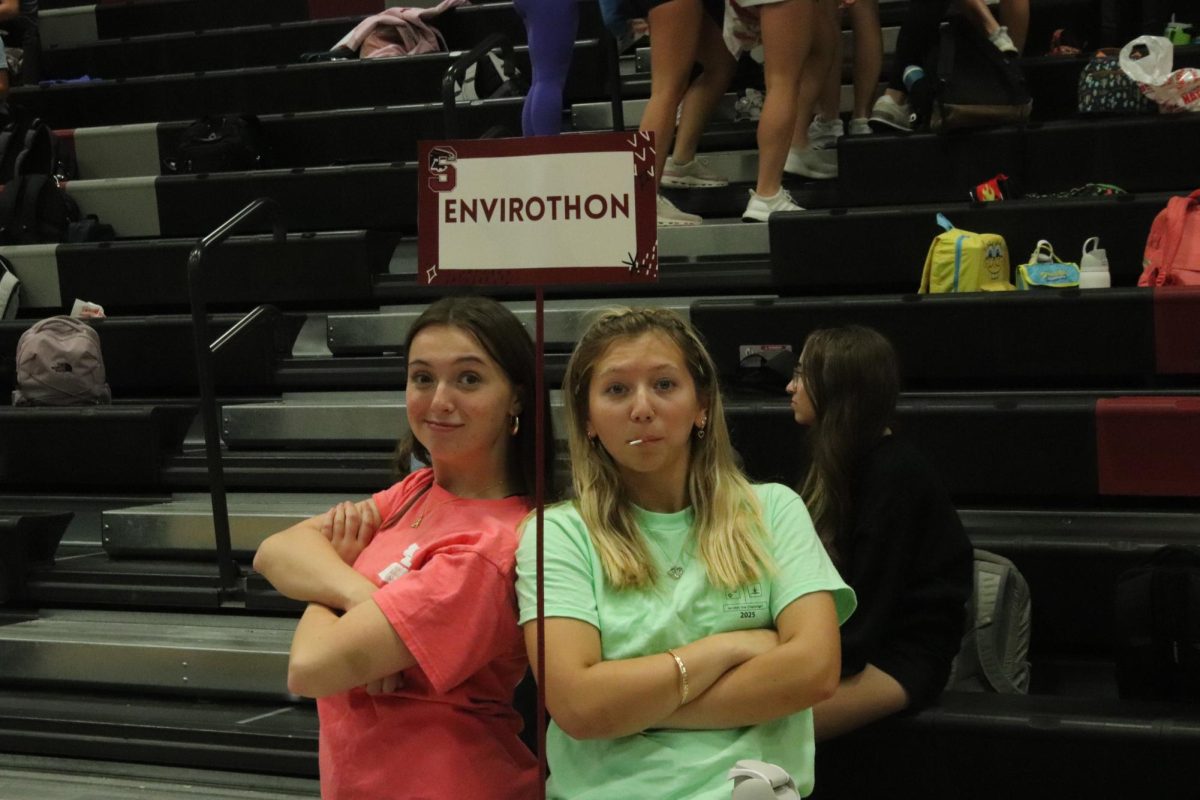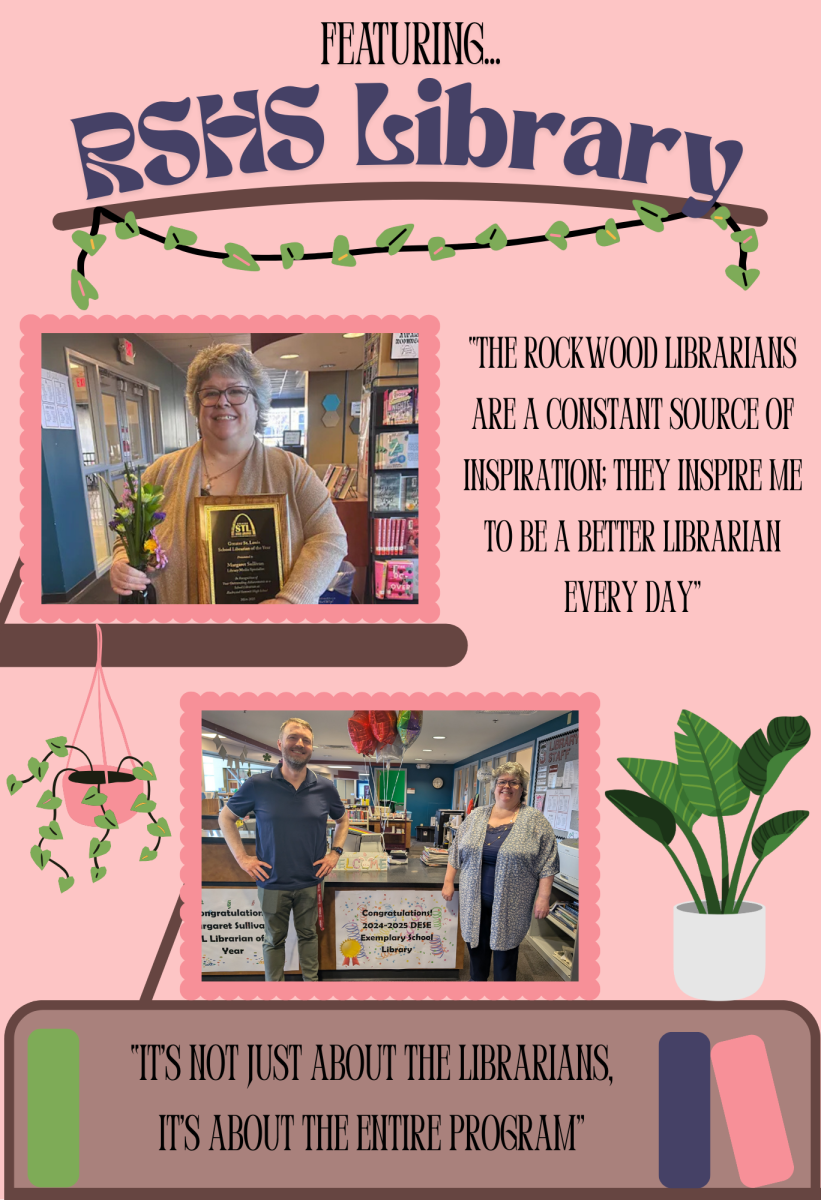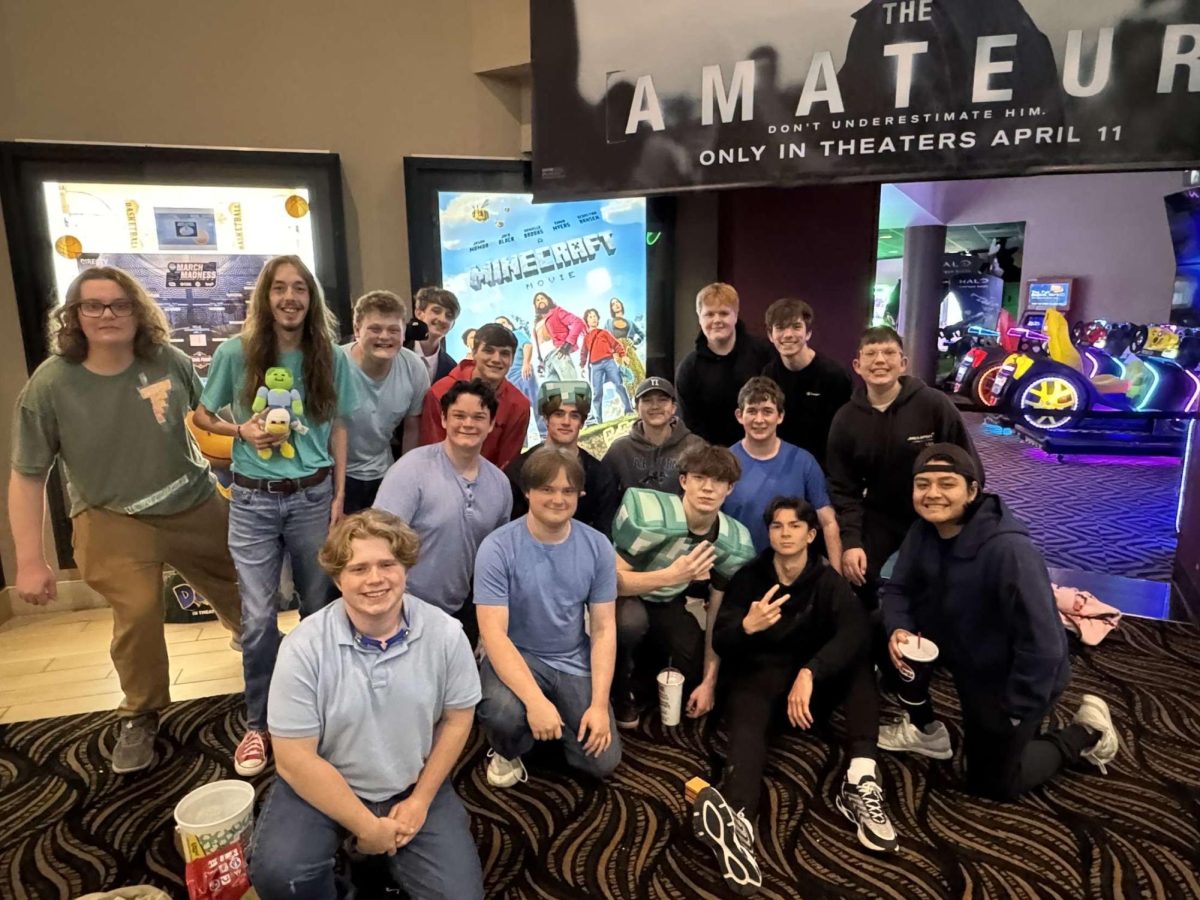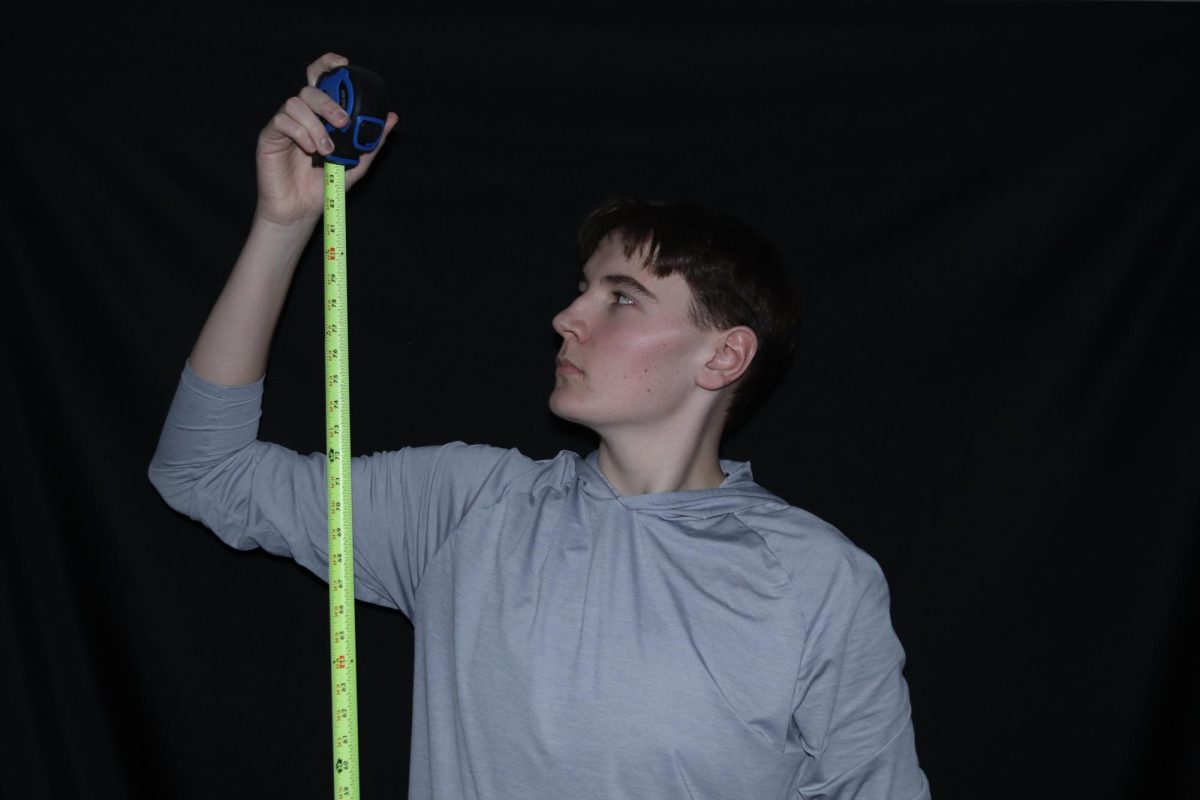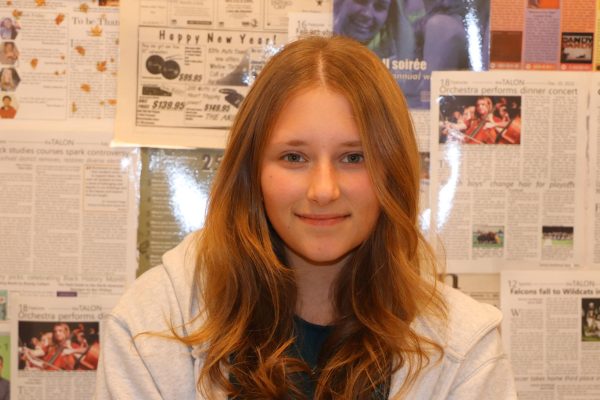Thousands of years ago, people would dress up in masks and costumes to ward off vengeful spirits; this was part of a festival called Samhain. Irish Celtics celebrated the festival at the end of
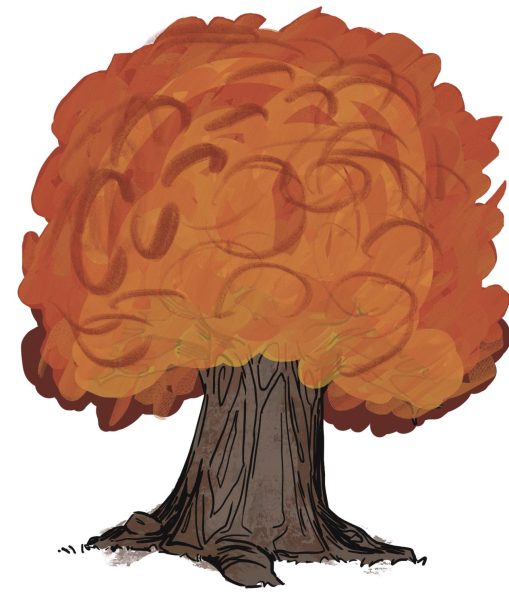
October to commemorate a time when the veil separating the mortal and spirit realm was thin. They made large bonfires to ward off harmful spirits that were rumored to return during the night. Donning masks, Celtics tried to remain hidden from vengeful ghosts who brought harm and misfortune.
In more recent centuries, Samhain has blended with the Christian holidays All Saints’ Day and All Souls’ Day,
resulting in the name All Hallows’ Eve; which was later shortened to Halloween. In the 19th century, a wave of Irish and Scottish immigrants crossed the Atlantic, landing in America. They brought their cultures and customs including Sanheim. Merging the Celtic and Christian celebrations, the secular holiday of Halloween was born.
The festival has been developed and commercialized in the past three hundred years. Instead of warding off spirits, masses adorn themselves with makeup and masks. They parade around in mobs searching for candy, or mischief, in the spirit of Halloween.

